#pdp-11
Explore tagged Tumblr posts
Text






DEC PDPs & friends at the System Source Museum (Maryland Technology Museum)
Visited earlier this week. It was thrilling to see so many of my favorite computers in-person, and even see the LINC in operation!
Definitely recommend checking it out you're in the Baltimore area!
#more photos to come!#digital equipment corporation#linc#pdp-8#pdp-11#linc-8#pdp-12#maryland technology museum
2K notes
·
View notes
Text




Turn It Up to 11 - Steve Toner
VCF West XVIII
81 notes
·
View notes
Text

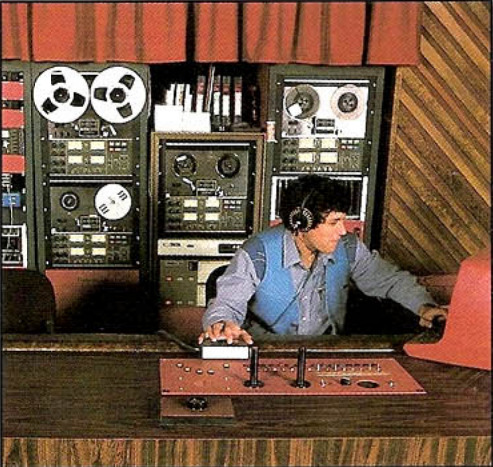
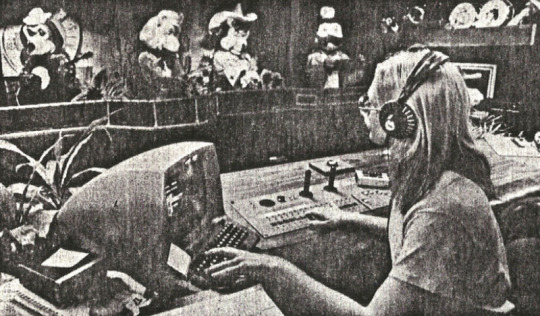
Shout out to Pizza Time Theatre's one of a kind red painted ADM-3a terminal used to run the SongCode System for programming animatronics at their corporate offices.
The unit was originally white with custom hardware connected to its serial port in 1978. By 1980, it was moved to the corporate offices and painted red to match the programming desk.

By 1983 Pizza Time Theatre would upgrade their central PDP-11 unit to a PDP-11/23, sadly switching out the terminal for a standard VT-100.
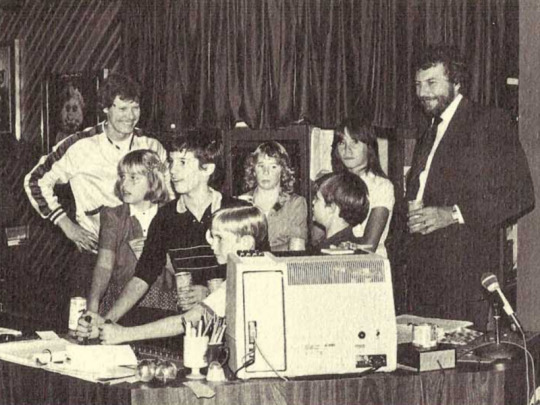
#pdp-11#adm-3a#vintage tech#vintage computers#techcore#chuck e cheese#pizza time theatre#animatronics#showbiz pizza
119 notes
·
View notes
Text
i need to really put in the time and effort to learn some of the older computer systems i love and fixate on so much to the point where i can in fact actually program my own software for them that i can use on a regular basis as self expression
11 notes
·
View notes
Text
For clarity, the "this" in the phrase "this is a minicomputer" is referring mainly to the five big dark towers in the background of the image (a PDP–11/70 system). The display-and-keyboard device in front of them is just a display and keyboard, not an actual computer itself.
deeply amusing to me how the term "minicomputer" was coined very prematurely
9K notes
·
View notes
Text
youtube
Oh yeah, that's the stuff. Inject this right into my veins.
0 notes
Text
god i would give nearly anything to have access to a pdp-11.
is that something I can do professionally? does the world still need pdp-11 operators?
0 notes
Text

Digital Equipment Corporation Pdp 11/70 CPU
5 notes
·
View notes
Text
The pictured PiDP-11 replica doesn't really do justice to the size of the machine. Here's a real PDP-11/70 mounted in a rack along side of several other DEC minicomputers of the PDP-8 and PDP-11 lineage and beyond. These examples are present at the Large Scale Systems Museum in Pittsburgh, PA.

Here's an example of an earlier model, the PDP-11/20 at the Computer History Museum in Mountain View, CA.

And this big heavy thing is just the computer. Without peripherals like mass storage in the form of paper tape, magnetic tape, disk packs, floppy drives, etc. or interfaces like teletypes or terminals, this thing isn't all that useful. It's just the computer.

Probably one of the single most important computers to computing history, the 16-bit PDP-11. This minicomputer and its 22 year lifespan birthed UNIX and the C programming language, as well as setting the stage for the office computer properly. They build them for about 20 years, in various forms from the 70s to 1990, and the last version of UNIX for it was made in 1992. Remember Kids, IBM was important to the computer, but DEC were the true harbingers of modern computing.
102 notes
·
View notes
Text
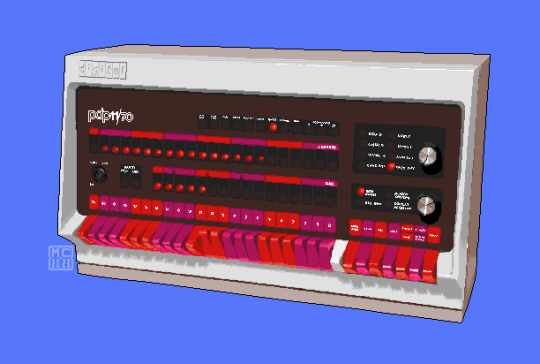
So many switches. This is the CPU of a PDP 11.
5 notes
·
View notes
Text

Digital Equipment Corporation PDP 8 (misidentified by the source - actually a PDP-11) computer and CRT monitor, Maynard — ca. 1979. Via Boston Public Library.
#digital equipment corporation#vintage computer#retrocomputer#computer history#seventies#1970s#pdp-11
837 notes
·
View notes
Text

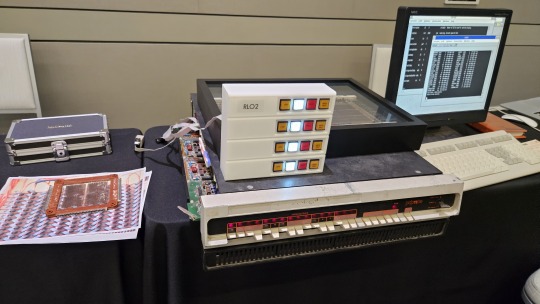
Digital Equipment Corporation PDP-11/05 - VCF Southwest 2023
#pdp-11#vcfsw2023#vcf southwest 2023#vintage computer festival southwest 2023#commodorez goes to vcfsw2023#pdp-11/05
164 notes
·
View notes
Link
I haven’t done a virtualisation post in a while, so thought it’d be fun to list what&rsq...
0 notes
Text
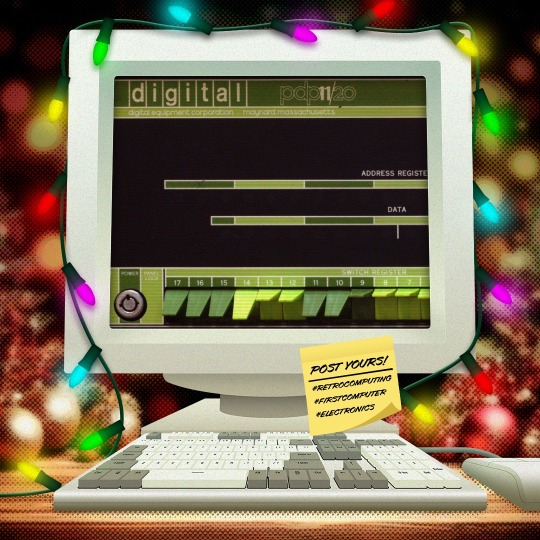
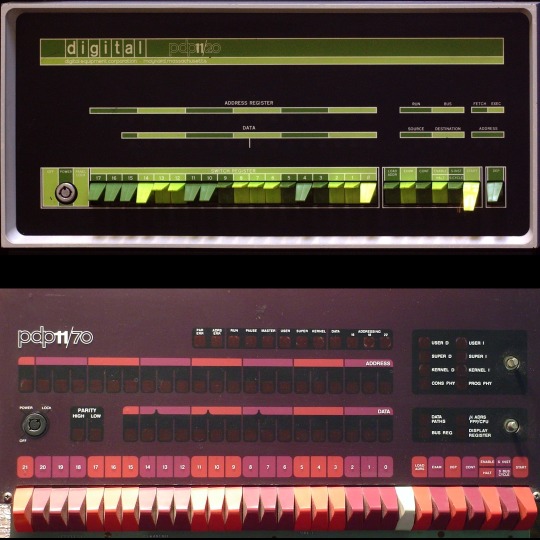
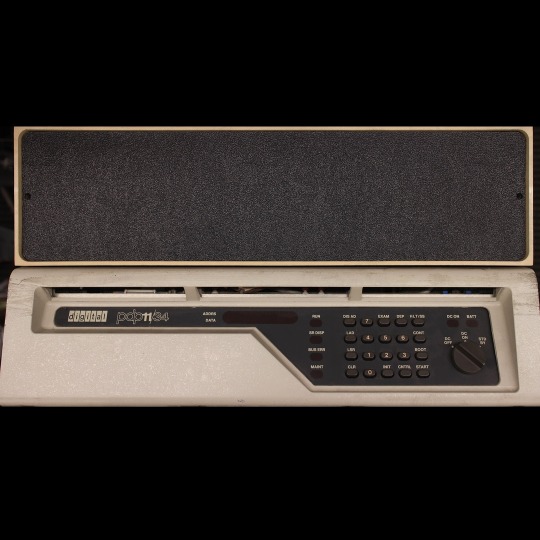
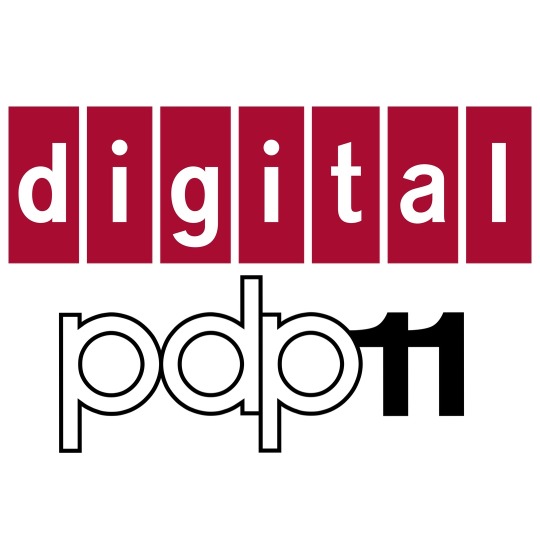
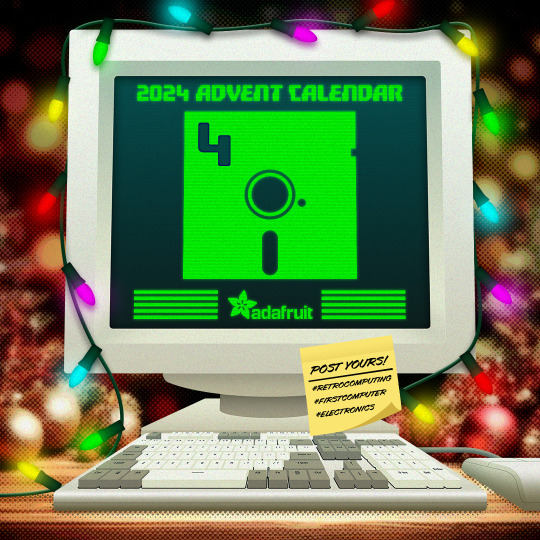
🎄💾🗓️ Day 4: Retrocomputing Advent Calendar - The DEC PDP-11! 🎄💾🗓️
Released by Digital Equipment Corporation in 1970, the PDP-11 was a 16-bit minicomputer known for its orthogonal instruction set, allowing flexible and efficient programming. It introduced a Unibus architecture, which streamlined data communication and helped revolutionize computer design, making hardware design more modular and scalable. The PDP-11 was important in developing operating systems, including the early versions of UNIX. The PDP-11 was the hardware foundation for developing the C programming language and early UNIX systems. It supported multiple operating systems like RT-11, RSX-11, and UNIX, which directly shaped modern OS design principles. With over 600,000 units sold, the PDP-11 is celebrated as one of its era's most versatile and influential "minicomputers".
Check out the wikipedia page for some great history, photos (pictured here), and more -
And here's a story from Adafruit team member, Bill!
The DEC PDP-11 was the one of the first computers I ever programmed. That program was 'written' with a soldering iron.
I was an art student at the time, but spending most of my time in the engineering labs. There was a PDP-11-34 in the automation lab connected to an X-ray spectroscopy machine. Starting up the machine required toggling in a bootstrap loader via the front panel. This was a tedious process. So we ordered a diode-array boot ROM which had enough space to program 32 sixteen bit instructions.
Each instruction in the boot sequence needed to be broken down into binary (very straightforward with the PDP-11 instruction set). For each binary '1', a diode needed to be soldered into the array. The space was left empty for each '0'. 32 sixteen bit instructions was more than sufficient to load a secondary bootstrap from the floppy disk to launch the RT-11 operating system. So now it was possible to boot the system with just the push of a button.
I worked with a number DEC PDP-11/LSI-11 systems over the years. I still keep an LSI-11-23 system around for sentimental reasons.
Have first computer memories? Post’em up in the comments, or post yours on socialz’ and tag them #firstcomputer #retrocomputing – See you back here tomorrow!
#dec#pdp11#retrocomputing#adventcalendar#minicomputer#unixhistory#cprogramming#computinghistory#vintagecomputers#modulardesign#scalablehardware#digitalcorporation#engineeringlabs#programmingroots#oldschooltech#diodearray#bootstraploader#firstcomputer#retrotech#nerdlife
290 notes
·
View notes
Text
You might have heard of 32-bit and 64-bit applications before, and if you work with older software, maybe 16-bit and even 8-bit computers. But what came before 8-bit? Was it preceded by 4-bit computing? Were there 2-bit computers? 1-bit? Half-bit?
Well outside that one AVGN meme, half-bit isn't really a thing, but the answer is a bit weirder in other ways! The current most prominent CPU designs come from Intel and AMD, and Intel did produce 4-bit, 8-bit, 16-bit, 32-bit and 64-bit microprocessors (although 4-bit computers weren't really a thing). But what came before 4-bit microprocessors?
Mainframes and minicomputers did. These were large computers intended for organizations instead of personal use. Before microprocessors, they used transistorized integrated circuits (or in the early days even vacuum tubes) and required a much larger space to store the CPU.
And what bit length did these older computers have?
A large variety of bit lengths.
There were 16-bit, 32-bit and 64-bit mainframes/minicomputers, but you also had 36-bit computers (PDP-10), 12-bit (PDP-8), 18-bit (PDP-7), 24-bit (ICT 1900), 48-bit (Burroughs) and 60-bit (CDC 6000) computers among others. There were also computers that didn't use binary encoding to store numbers, such as decimal computers or the very rare ternary computers (Setun).
And you didn't always evolve by extending the bit length, you could upgrade from an 18-bit computer to a more powerful 16-bit computer, which is what the developers of early UNIX did when they switched over from the PDP-7 to the PDP-11, or offer 32-bit over 36-bit, which happened when IBM phased out the IBM 7090 in favor of the the System/360 or DEC phased out the PDP-10 in favor of the VAX.
154 notes
·
View notes
Text
I'd love to play Colossal Cave Adventure on it!
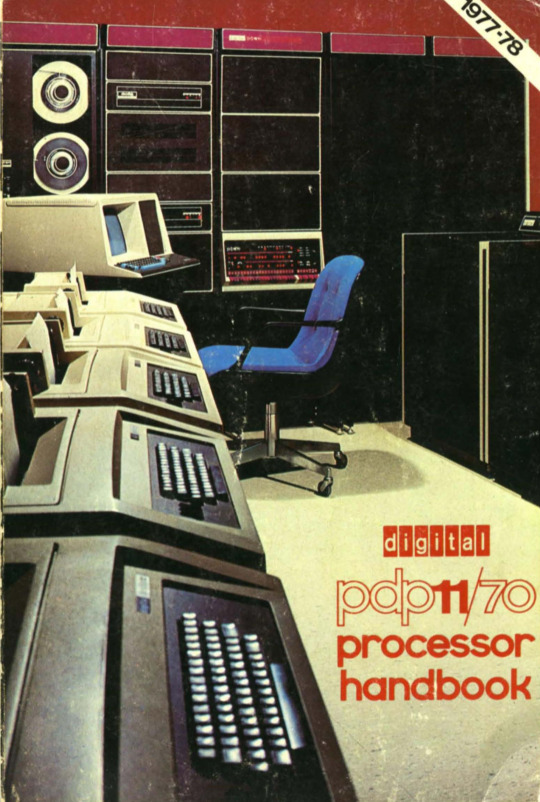
Ideal gaming rig
145 notes
·
View notes